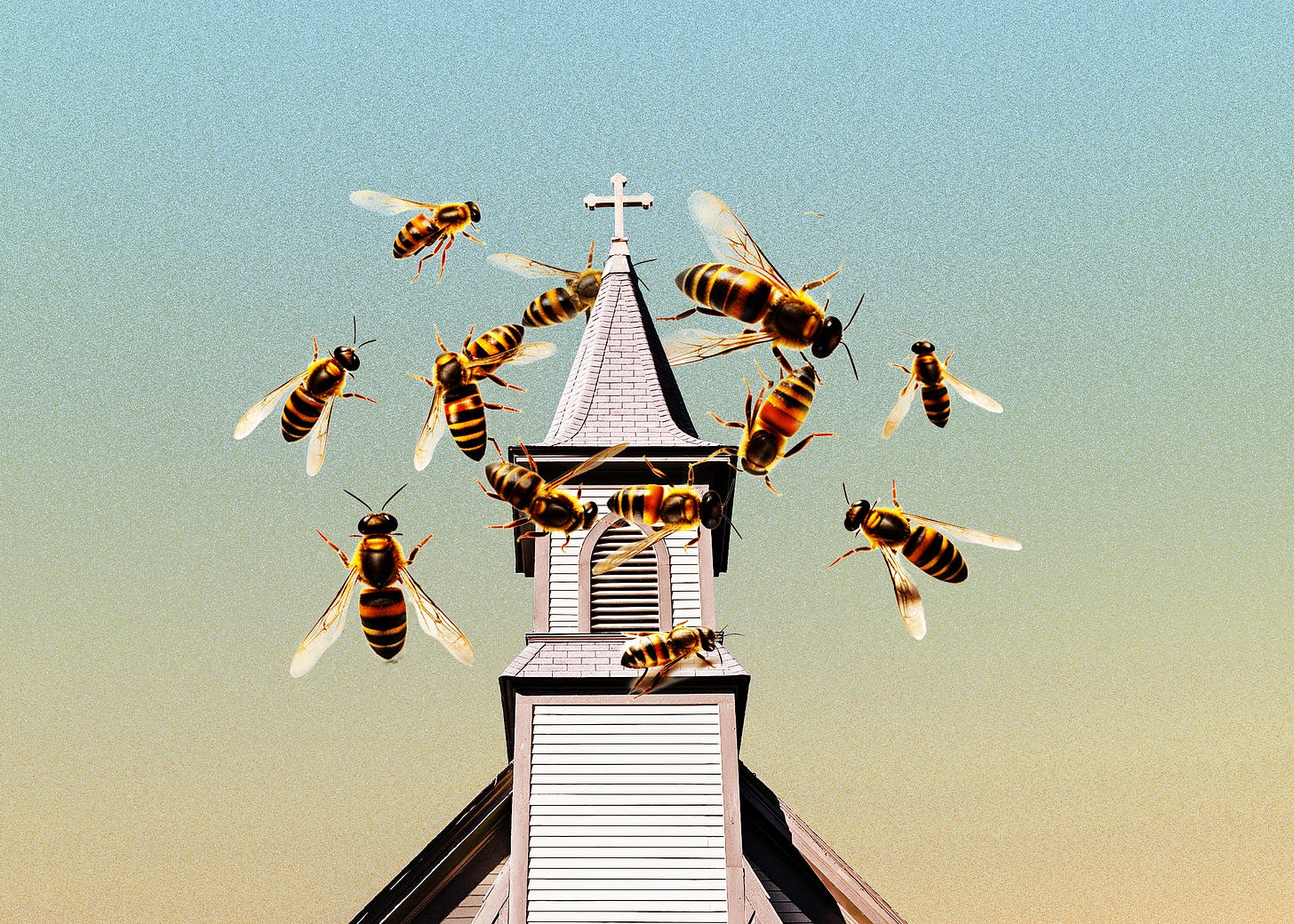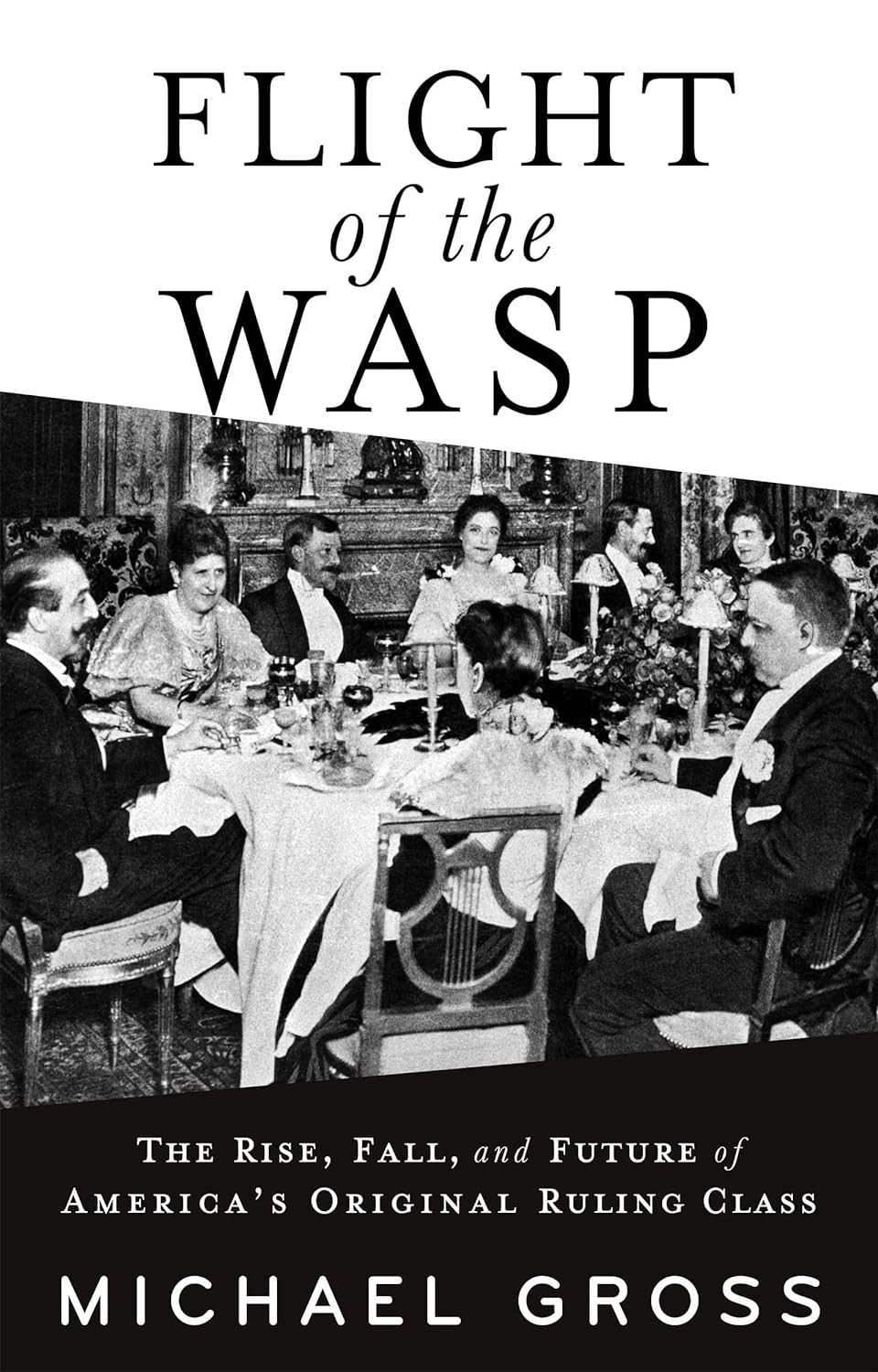The Lessons of the WASPs
Is it possible to reinvigorate the virtues that characterized the old American elite at its best, while leaving their vices behind?
Flight of the WASP
The Rise, Fall, and Future of America’s Original Ruling Class
by Michael Gross
Atlantic, 470 pp., $30
THE REPORTS OF THE WASPs’ death are greatly exaggerated. Descendants of America’s elite class are still alive and well (and rich). They still attend fancy private schools, still own nice homes, still sit on corporate boards, and still lead lives of quiet luxury. Despite the semiregular obituaries, White Anglo-Saxon Protestants are still alive and kicking, as Michael Gross establishes fairly convincingly in Flight of the WASP—it’s just their influence that’s dearly departed. In his lengthy history, Gross makes the case for why that influence needs to return. Oddly, however, he downplays what actually made WASPs great: their faith.
Gross presents his case through the lives of prominent WASP individuals and families. Through the sketches of these men and their descendants, he assembles a picture of how WASP culture came to be and the virtues it embodied—including, at its best, modesty, a sense of honor and duty, civic engagement, and, of course, noblesse oblige.
Gross’s argument is not that we need a full-throated WASP revival, just a cherry-picking of WASP virtues. At a time when our political and social life is characterized by “tribalism, anger, emotion, blind loyalty, and a generalized lust for retribution,” Gross writes, “there is a yawning void where the best of WASP culture might make a difference again.”
Serious emphasis must be placed on “the best of.” Because alongside tales of role models and heroes from the colonial era through today—like Gamaliel Bradford IV (1795–1839), who almost became a Catholic priest and was a prominent abolitionist in the early years of the republic, or Frederick Henry Osborn III (born 1946), a philanthropist and fundraiser for the Episcopal Church—Gross also chronicles the vices of WASPs with stories of prominent men whose legacies were compromised by the terrible things they did.
Take Jack Randolph, for example. A member of one of the FFVs—First Families of Virginia—he was an influential leader in early American history who helped shape how Congress worked. He was also a major slave owner and an avid defender of slavery.
Or Henry Fairfield Osborn, a leading scientist in the late nineteenth and early twentieth century who helped create the American Museum of Natural History. He also advanced eugenic-based white supremacism. (Several other Osborns also played prominent roles in the American eugenics movement.)
Or Lewis Cass, who served in the U.S. Army during the War of 1812 and in government for decades following as a congressman, senator, secretary of state, secretary of defense, territorial governor, and ambassador. He also helped enact President Andrew Jackson’s brutal Native American policies.
IT DOESN’T TAKE A STATISTICAL BREAKDOWN of the individuals Gross profiles for the pattern to become clear: The “White, Anglo-Saxon” part of the equation is responsible for most of the nasty bits of WASP history. What redeeming qualities WASPs possess tended to be born out of the “Protestant” component. It seems odd, then, to call for a second look at WASPs in general when calling for some sort of religious revival would more directly speak to the problems Gross has identified. To borrow a line from The Social Network: Drop the “White, Anglo-Saxon.” Just “Protestant.” It’s cleaner.
The defining characteristic of the WASPs’ Protestantism, in Gross’s analysis, is the premium it places on active participation. It’s true that there is serious value in this approach to Christianity: Even when superficial, it leads to engagement such as church attendance, community participation, and charity work. (It should be noted that a WASP approach to religion is not inherently a Protestant one: Gamaliel Bradford IV attended Catholic seminary, for example, and Gross cites President Joe Biden, a Catholic, as aligned with the WASP values he admires.)
Even with the collapse of attendance rates in mainline Protestantism, there are still remnants of this “elite” Christianity today. Consider the connection between religious and community participation and higher education, a hallmark of today’s elite class. Surveys done over the last decade have consistently found that Christians with higher rates of education are more likely to attend religious services and read the Bible more than their less-educated fellow Christians. And both those who attend church regularly and those who have higher educational attainment are more likely to volunteer and donate to charities. One survey found that Christians with higher education levels are more likely to convert to a mainline Protestant denomination historically associated with WASPs.
Contrast that with the strand of evangelical Christianity that has largely displaced the mainline as the face of vibrant Protestantism in American life. A shift among Protestant evangelicals in the last two decades has meant that, for many of them, their Christianity has become a sort of political identity class. The epitome of this is the hardcore Trump base of evangelicals who don’t go to church.
If we are to recover from the civic ills Gross identifies—his book ends by lamenting our current “selfish, narcissistic, tribal, atomized condition”—we should try to learn from what the WASPs did right. Gross’s study is a valuable first step, but there’s room for a much richer investigation of the P in WASP, and of how the modes of WASP Christianity were associated with their political, civic, and social contributions to our country.





